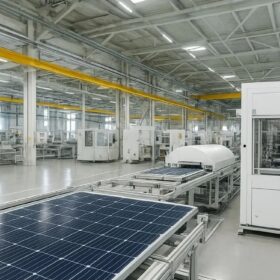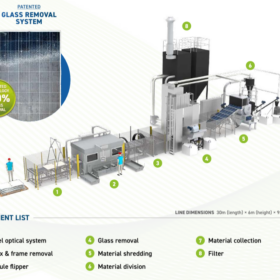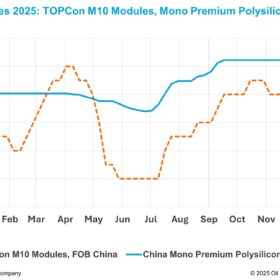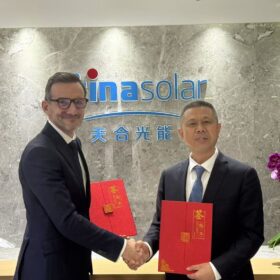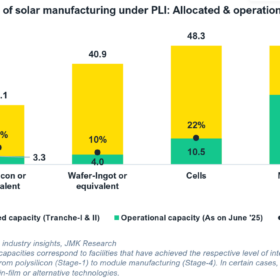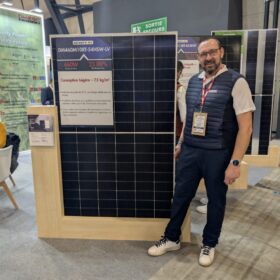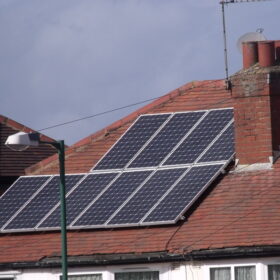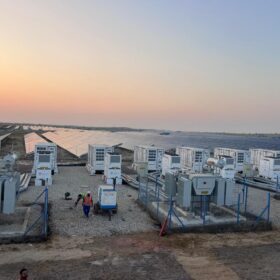Onix Solar secures INR 148.80 crore non-DCR module order from Vikran Engineering
Onix Solar will design, manufacture, and supply 193,550 non-DCR TOPCon 620 Wp solar modules for the Vikran project.
Jakson to set up high-tech solar PV module recycling line in partnership with Europe’s Ecoprogetti
Jakson Engineers Ltd will set up a high-tech solar PV module recycling plant capable of recycling around 5,00,000 PV modules, or approximately 13,500 tonnes of modules per year, recovering critical materials and enabling responsible end-of-life solar management. The recycling line will be supplied by Ecoprogetti.
Canada opens review into anti-dumping duties on Chinese PV modules, laminates
Canada’s International Trade Tribunal is running an interim review of the country’s anti-dumping and countervailing duties on solar modules and laminates from China, following a request to exclude flexible solar panels that affix to curved surfaces.
Solex Energy partners with Malaysia’s TT Vision on solar manufacturing automation and talent development
Solex Energy Ltd has signed a non-binding Memorandum of Understanding (MoU) with Malaysia-based automation technology company TT Vision Holdings Berhad to collaborate on advancing solar manufacturing automation, engineering excellence, and talent development in India.
China module market watches 2026 export rebate signals as polysilicon consolidation platform company is registered
In a new weekly update for pv magazine, OPIS, a Dow Jones company, provides a quick look at the main price trends in the global PV industry.
Waaree Energies hits 22.3 GW global solar module capacity
Waaree Energies has achieved an aggregate solar module manufacturing capacity of around 22.3 GW globally, comprising 19.7 GW in India and 2.6 GW in the United States, following a recent 1.5 GW expansion at its Samakhiali facility in Kutch, Gujarat.
Trina Solar to invest in Holosolis PV gigafactory in France
Trina Solar and Holosolis signed a strategic cooperation agreement at the recent France–China summit, consolidating the Chinese manufacturer’s role as a key partner in a plan to manufacture 5 GW of solar cells and panels a year.
Sunwafe secures land for 20 GW silicon wafer plant in Spain
Sunwafe says it has formally applied to reserve land in Asturias, Spain, for a 20 GW silicon wafer and ingot factory backed by Chinese capital, EIT InnoEnergy, and a €200 million ($232.6 million) Spanish government grant.
Solar PLI scheme drives strong industry interest but faces implementation challenges
As of June 2025, the overall achievement (operational capacity) rate of the solar PLI scheme stood at approximately 29% of the total awarded capacity. Capacity additions remain below targets, with only 59% of module capacity and 14% of polysilicon capacity achieved as of June 2025.
DMEGC launches framed solar module weighing 7.5 kg/m2
In response to the growing demand for solutions for low load-bearing roofs, Chinese manufacturer DMEGC is presenting an IEC-certified lightweight 460 W module at France’s largest PV trade show – EnerGaïa.
